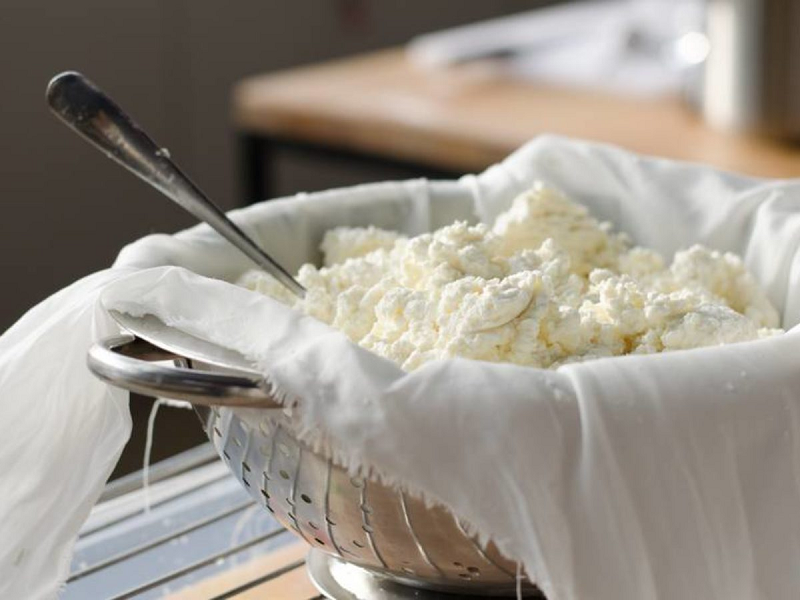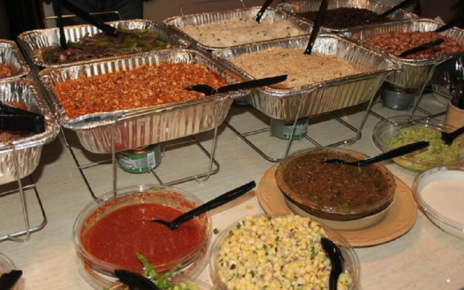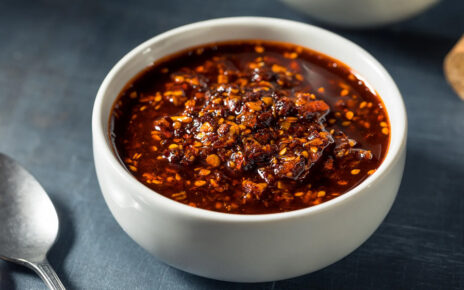Recently I’ve been getting into cheese making. There’s a wealth of information out there, but it ranges from extremely complex an in depth to very basic. So, I decided to write this quick overview of the cheese making process. A cheese 101 if you will.
There’s nothing like making cheese together…an Emmenthaler with the whole family, a vegan camembert you gave your new sweetheart as a surprise. It’s not that hard, you only need a few basic ingredients and some specific spices and molds. The ingredients are milk, rennet and a starter culture. They take care of the maturation of the milk, the formation of curds and whey and give flavor to the cheese. The exact use depends on the type of cheese you want to make.
Starter cultures
You start by adding a starter culture. These are bacteria that help “ripen” the milk by increasing the acidity by starting the production of lactic acid. This fermentation determines the flavor, texture and characteristics of the final cheese. When a recipe is followed, the cultures are added when the milk reaches a certain temperature. Each culture has an ideal temperature at which it thrives. To produce a good culture, these indicated temperatures are important. The goal is to create an ideal environment for proper acid development.
Milk and types of rennet
Through the use of ‘rennet’ the proteins in the milk will form a curd. Rennet is available as a liquid, tablets and powder. It can be of animal or plant origin. Animal rennet is by far the most commonly used for cheese, but vegetable rennet has become increasingly popular over the years. Rennet comes from the cow’s fourth stomach: the abomasum. Vegetable rennet can have different sources, such as Rhizomucormiehei, or fig, thistle, nettle, butterweed, knotweed, mongoose, theel and yarrow. As the curd is cut, heated and mixed (and time passes), liquid (whey) is released and the curds become more solid and smaller. When you drain the whey, only the solids remain. When making soft cheeses, the curds are left to drain. Hard cheeses like cheddar and Gouda are pressed. After adding salt the cheese is left to mature for at least a few weeks.
And voilá, after a few weeks you have your own cheese. And remember: time, temperature and clean work are the key ingredients!





